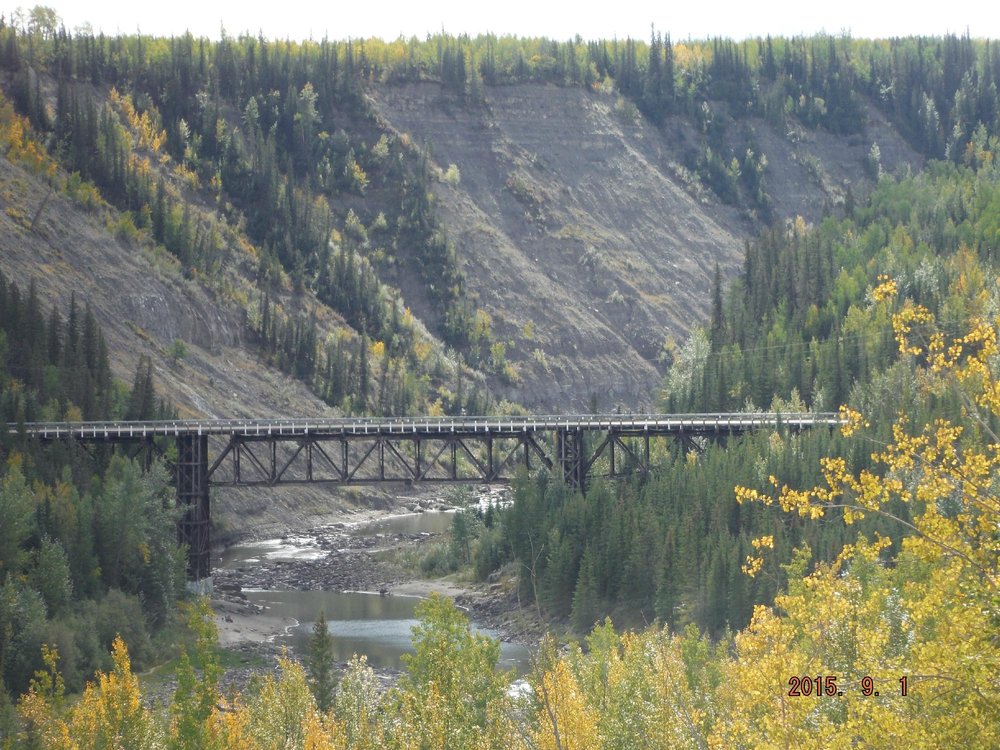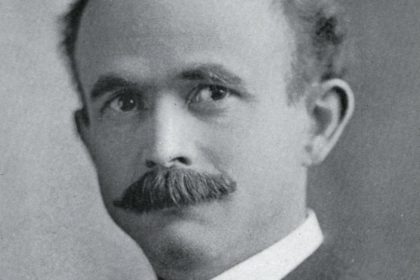Dawson Creek is a city in northeastern British Columbia, Canada. The municipality of 24.37 square kilometres (9.41 sq mi) had a population of 12,978 in 2016. Take a look below for 25 amazing and fun facts about Dawson Creek, British Columbia, Canada.
1. Dawson Creek derives its name from the creek of the same name that runs through the community.
2. The creek was named after George Mercer Dawson by a member of his land survey team when they passed through the area in August 1879.
3. Once a small farming community, Dawson Creek became a regional centre after the western terminus of the Northern Alberta Railways was extended there in 1932.
4. The community grew rapidly in 1942 as the US Army used the rail terminus as a transshipment point during construction of the Alaska Highway.
5. In the 1950s, the city was connected to the interior of British Columbia via a highway and a railway through the Rocky Mountains.
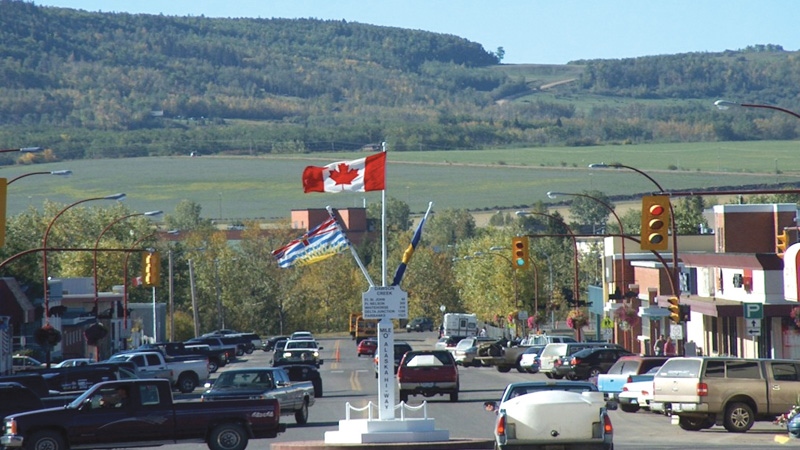
6. Since the 1960s, growth has slowed, but the area population has increased.
7. Dawson Creek is located in the dry and windy prairie land of the Peace River Country.
8. As the seat of the Peace River Regional District and a service centre for the rural areas south of the Peace River, the city has been called the “Capital of the Peace”.
9. It is also known as the “Mile 0 City”, referring to its location at the southern end of the Alaska Highway.
10. It also has a heritage interpretation village, an art gallery, and a museum. Annual events include a fall fair and rodeo.
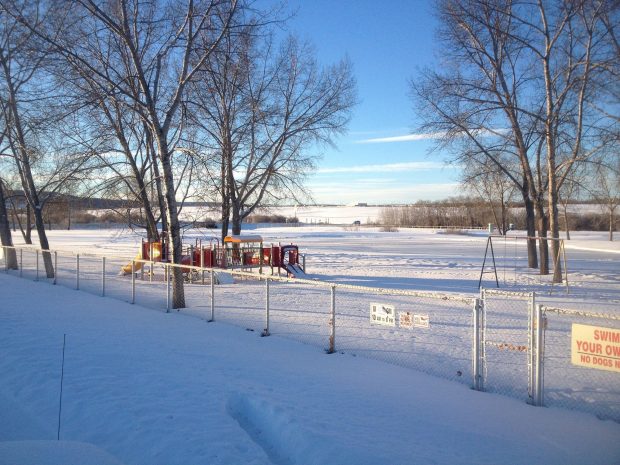
11. Dawson Creek is named after the watercourse of the same name, itself named after George Mercer Dawson who led a surveying team through the area in August 1879; a member of the team labelled the creek with Dawson’s name.
12. The community that formed by the creek was one of many farming communities established by European-Canadian settlers moving west through the Peace River Country.
13. When the Canadian government began issuing homestead grants to settlers in 1912, the pace of migration increased.
14. With the opening of a few stores and hotels in 1919 and the incorporation of the Dawson Creek Co-operative Union on May 28, 1921, Dawson Creek became a dominant business centre in the area.
15. After much speculation by land owners and investors, the Northern Alberta Railways built its western terminus 3 km (2 mi) from Dawson Creek.
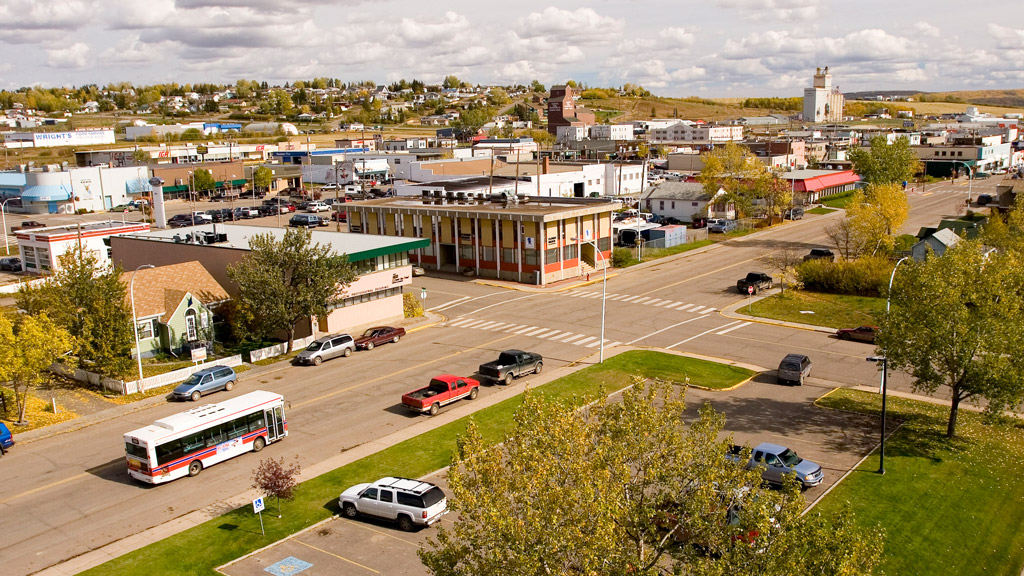
16. The 1941 census, the first to include Dawson Creek as a defined subdivision, counted 518 residents.
17. Its growth spurred by the construction of the Alaska Highway, the town recorded a sevenfold increase to 3,589 residents in the 1951 census. Within five years, the population more than doubled to 7,531.
18. The cultural identity of Dawson Creek rests on its designation as Mile “0” of the Alaska Highway. The Mile “0” post, depicted in the city flag, was located in the historic downtown area, one block south of the Northern Alberta Railways Park, but has been relocated to the traffic circle a few blocks to the northeast.
19. The four-acre (1.6 ha), mostly paved NAR Park is the gathering point for travelers. The park includes the Dawson Creek Art Gallery, which exhibits work by local artists and craftsmen.
20. The Station Museum, connected to the art gallery, displays artifacts and exhibits associated with the construction of the NAR railway and the Alaska Highway.
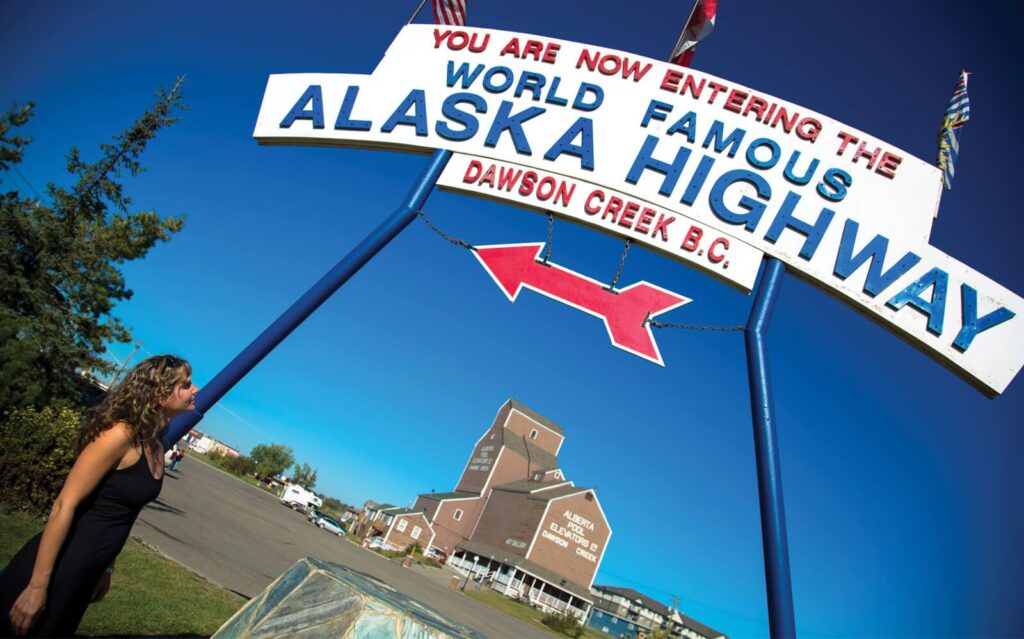
21. Other parks in Dawson Creek include the Mile Zero Rotary Park and the Walter Wright Pioneer Village. Annual events in the city include the Dawson Creek Symphonette and Choir performance, the Dawson Creek Art Gallery auction, the Dawson Creek Spring Rodeo, and the Peace Country Blue Grass Festival.
22. The largest event, held annually since 1953, is the Dawson Creek Fall Fair & Exhibition — a five-day professional rodeo, with a parade, fairgrounds, and exhibitions.
23. Dawson Creek is served by several regional newspapers. The Dawson Creek Daily News (formerly Peace River Block Daily News) and Fort St. John’s Alaska Highway News, both part of the Glacier Ventures chain of local papers, are dailies available in the city. The Vault Magazine is a free alternative newspaper available in the city bi-weekly.
24. CJDC-TV, a long-time affiliate of CBC Television before moving to a CTV 2 affiliation in 2016, has been broadcasting from Dawson Creek since 1959.
25. Dawson Creek is also served by local repeater CFSN-TV channel 8, owned locally by Dawson Creek Hypervista Communications and repeating CTV station CFRN-DT Edmonton in analogue. As of 2016, CBC Television service in the area is maintained only through pay television means.

